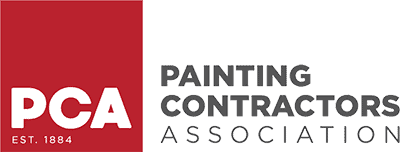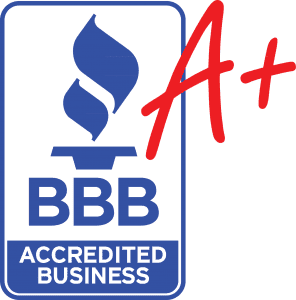The short answer is yes. Premium paints are formulated to last longer, cover better, and resist fading, scuffing, and moisture damage far more effectively than budget alternatives. They create a smoother finish, hold color longer, and can reduce the number of coats required. That said, the paint itself is only part of the equation. Prep work, correct application, and environmental conditions all influence how well any paint performs.
This blog takes a deep look at the real-world differences between cheap and premium paints. You’ll see how they compare in durability, coverage, finish, cost, and warranty reliability.
Why Paint Quality Matters
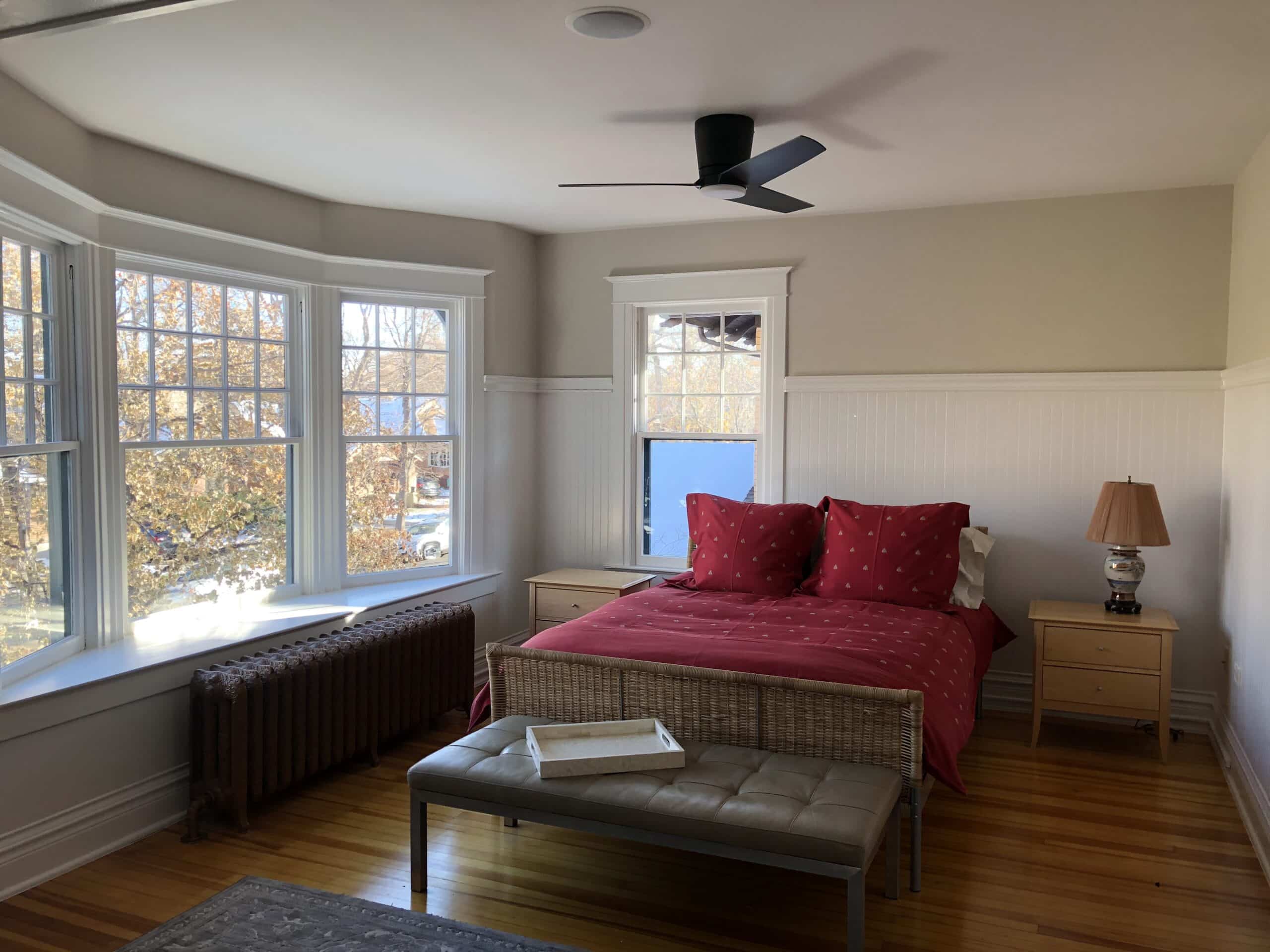
Paint isn’t just cosmetic—it’s a protective layer that shields your home’s surfaces. The better the paint, the stronger that protection.
Lifespan differences:
-
Premium paints: 8–12 years for interiors, 7–10 years for exteriors
-
Budget paints: 2–4 years for interiors, 1–3 years for exteriors
At first glance, saving $20–30 per gallon by choosing a budget paint looks appealing. But those savings disappear when you need to repaint in half the time—or sooner. Every repaint adds costs in labor, prep materials, and disruptions to your household.
Hidden costs of cheap paint include early repainting, extra labor, material waste, and even repairs if paint fails prematurely. There’s also an emotional cost. Living with fading walls, uneven sheen, or peeling trim adds stress and dissatisfaction with your home’s appearance.
Finally, warranty compliance is at stake. Many manufacturers will not honor warranties if the wrong paint is used or if surfaces weren’t prepared correctly before painting. Cheap paint often voids coverage right from the start.
Red Flag #1 – Skipped or Inadequate Surface Preparation
Why Surface Prep Is Essential
No matter how much you spend on paint, it won’t adhere or perform properly without prep. Surface preparation ensures adhesion, smooth finish, and durability. It typically includes:
-
Cleaning dust, dirt, and oils
-
Sanding glossy surfaces
-
Scraping loose paint
-
Caulking cracks and gaps
-
Priming bare or patched areas
-
Masking edges and protecting floors
When prep is skipped, paint failures appear within months—peeling, blistering, cracking, or uneven coverage.
Recommended Prep Products
Contractors who care about durability rely on proven products:
-
Primers: Zinsser Cover-Stain, Sherwin-Williams Multi-Purpose Primer
-
Caulks/Sealants: Sashco Big Stretch, SherMax Elastomeric
-
Sanding Tools: Festool orbital sanders with HEPA vacuum attachments
-
Masking Supplies: 3M Blue Painter’s Tape, heavy drop cloths
These aren’t optional—they’re investments in the foundation of a lasting paint job.
Red Flag #2 – Paint Quality: Premium vs. Budget
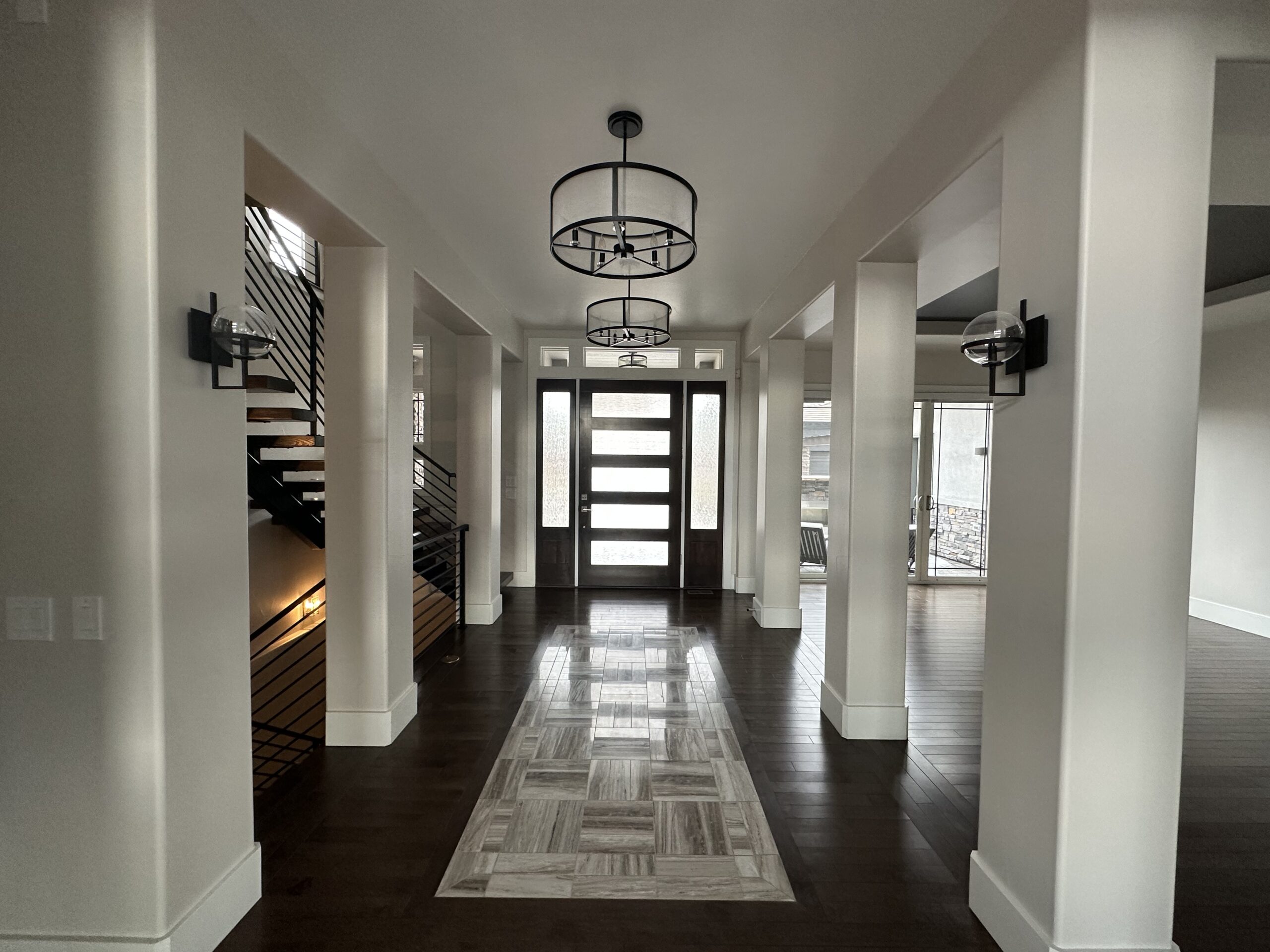
How Paint Quality Impacts Durability
The core difference between premium and budget paints lies in their formulation.
-
Budget paints cut costs by using fewer solids and less binder. That means thinner coverage, weak adhesion, faster fading, and poor scrub resistance. They may look acceptable on day one, but quickly degrade.
-
Premium paints feature higher solids, superior binders, and advanced pigments. These ingredients provide thicker coverage, better UV resistance, stronger adhesion, and more consistent sheen.
In short: more durability, more value.
Product Comparison Table
| Feature | Premium Paint (e.g., Benjamin Moore Aura, Sherwin-Williams Duration) | Budget Paint (Big Box Generic) |
|---|---|---|
| Coverage | 250–400 sq. ft./gal | 150–250 sq. ft./gal |
| Durability | 8–12 years | 2–4 years |
| Fade Resistance | High | Low |
| Scrub Resistance | Excellent | Poor |
| VOC Level | Low | Often higher |
Best Practices for Selecting Paint
When evaluating quotes, homeowners should look for specifics:
-
Paint brand and line listed in the estimate
-
Number of coats specified
-
Primer included
-
Warranty terms explained
A reliable contractor will also match paint to conditions—choosing fade-resistant coatings for sun exposure, scrubbable paints for kitchens and hallways, or moisture-resistant finishes for bathrooms.
Red Flag #3 – Improper Application
Common Application Mistakes
Even premium paint will fail if applied incorrectly. Common mistakes include:
-
Wrong brush or roller nap length
-
Over-thinning or poor mixing
-
Applying too few coats
-
Painting in high humidity, rain, or extreme temperatures
Tips for Homeowners
-
Confirm your painter follows manufacturer’s recommendations for coats, mixing, and thinning.
-
Check that weather conditions are suitable for exterior work.
-
Verify that surface moisture is tested before painting outdoors.
Coverage and Finish: What to Expect
Coverage Differences
Premium paints stretch further and cover better because of their higher solids content. One gallon often covers 250–400 sq. ft. Budget paints may only reach 150–250 sq. ft., meaning you’ll buy more gallons and spend more on labor.
Finish Quality
Premium paints provide smoother, more consistent sheen with minimal brush marks. They adhere evenly, giving walls a polished, professional look. Cheap paints often streak, leave uneven gloss levels, and wear down faster.
Service-Specific Insights
-
Interior walls: Premium paint maintained its original look for 8 years with no touch-ups.
-
Exterior walls: Budget paint needed patching and touch-ups within 18 months.
Cost vs. Value: Is Premium Paint Worth It?
Long-Term Cost Comparison
| Factor | Budget Paint | Premium Paint |
|---|---|---|
| Material Cost | Low upfront | Higher upfront |
| Labor Cost | Higher (due to frequent repainting) | Lower long-term |
| Repainting Frequency | Every 2–4 years | Every 8–12 years |
| Warranty Coverage | Limited | Full (if applied correctly) |
Premium paint looks more expensive at the cash register, but its longevity reduces repainting cycles and labor costs. Over time, premium paint almost always saves money.
How Homeowners Can Protect Their Investment
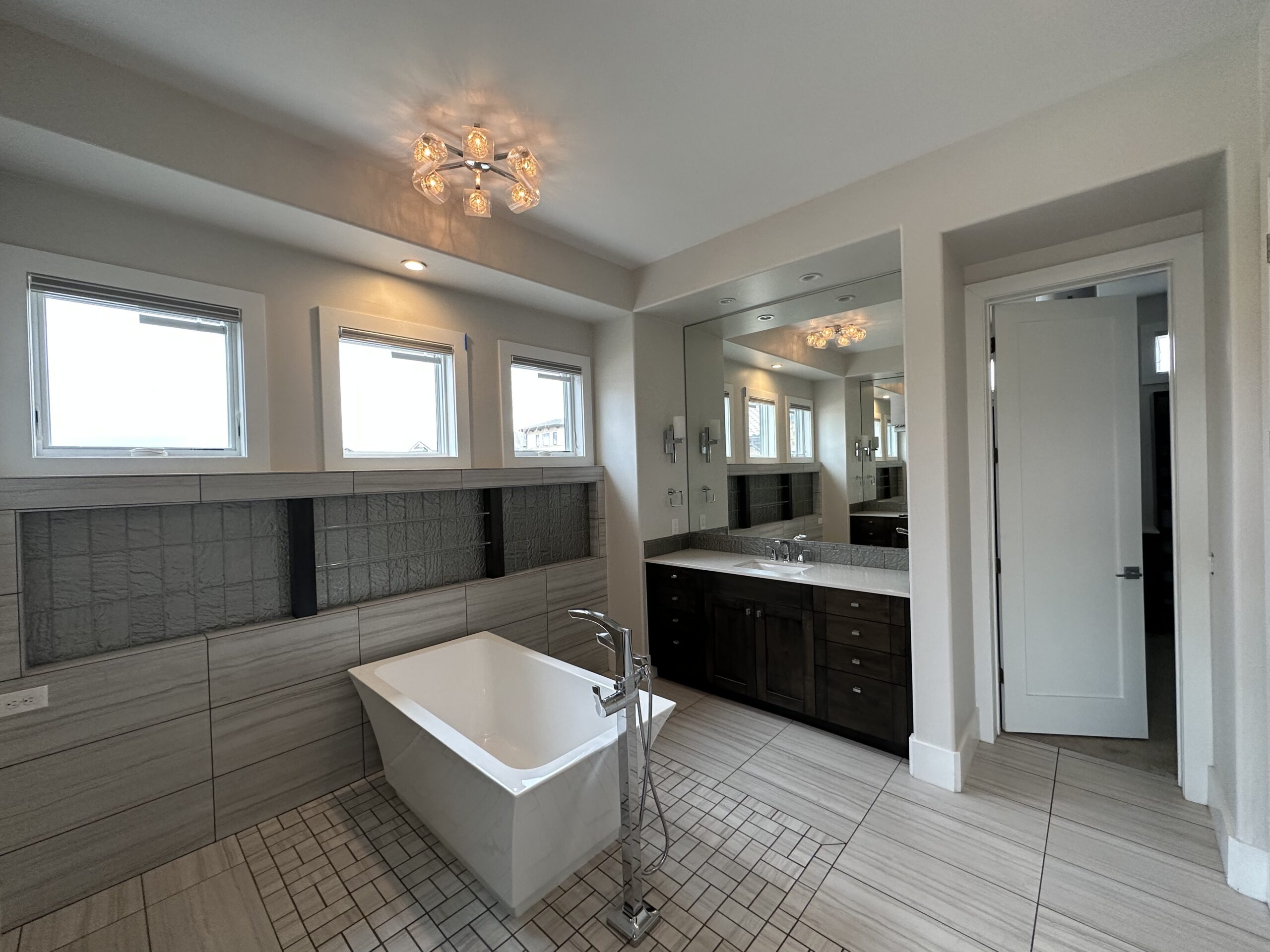
Questions to Ask Before Hiring a Painter
-
Which paint brand and line do you recommend for my surfaces?
-
How many coats and which primer are included?
-
Do you follow manufacturer guidelines for warranty compliance?
-
Are you licensed and insured?
Homeowner Checklist
-
Verify prep work is included in the contract
-
Confirm paint brand, line, and number of coats
-
Check that painter has experience with similar surfaces
-
Ensure warranty coverage and cleanup are specified
People Also Ask
Q: Does premium paint really last longer than budget paint?
Yes. Premium paint’s higher solids, binders, and pigments deliver significantly longer life.
Q: Can cheap paint ever be a good choice?
Only for temporary projects, low-use spaces, or short-term rentals.
Q: How many coats of paint are ideal?
Most surfaces need 2–3 coats. With premium paint on same-color repaints, one coat may suffice.
Q: Does primer affect paint performance?
Absolutely. Primer improves adhesion, prevents stains, and ensures uniform coverage.
Q: How do environmental factors impact paint lifespan?
Moisture, UV rays, and extreme temperatures shorten paint life. Premium formulations resist these better than budget options.
Making the Smart Choice
Premium paint isn’t just about color—it’s about long-term protection, reduced maintenance, and lasting beauty. While it costs more upfront, it consistently outperforms budget paints in durability, finish quality, and coverage.
When paired with proper prep and professional application, premium paint is worth every dollar. Choosing it means fewer headaches, fewer repaints, and a home that looks better, longer.


